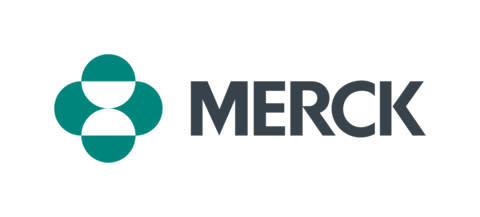
The healthcare industry in the country is in the midst of a digital revolution, with diagnostics at the core of this transformation. The shift of digital diagnostics from a supplementary tool to a standard component of global healthcare is already underway, and it is poised to accelerate.
According to Ashissh Raichura, founder & CEO, Scanbo, “Over the last decade, digital diagnostics has evolved from a promising concept into a core element of modern medical practice. Its ability to improve accuracy, reduce time to diagnosis, and increase patient access to care represents a fundamental shift in how healthcare is delivered.”
Digital diagnostics not only accelerate clinical decisions but also support continuous monitoring, which is essential for managing chronic conditions and preventing disease escalation. Several factors are fuelling the rapid growth of digital diagnostics. Advances in artificial intelligence and machine learning have significantly improved precision, particularly in imaging-based specialties like radiology and pathology. At the same time, wearable devices equipped with advanced biosensors are providing real-time health insights, empowering patients and clinicians alike, he added.
Policy support further strengthens adoption. Many governments have expanded digital health infrastructure, eased telehealth regulations, and offered incentives for integrating technology into standard care. The Covid-19 pandemic acted as a major accelerant, highlighting the value of remote diagnostics and pushing innovation at an unprecedented speed, Raichura told Pharmabiz in an email.
The global digital diagnostics market is projected to grow at a compound annual growth rate of 10 to 15 per cent over the coming years. Key segments include point-of-care testing, wearable biosensors, AI-driven imaging, and remote patient monitoring platforms. North America leads adoption, supported by high healthcare spending and robust regulatory systems. Europe and Asia-Pacific are catching up quickly due to rising digital literacy and policy initiatives.
India, in particular, is emerging as a strong growth hub. With a large population, rising chronic disease rates, and widespread smartphone use, the country is well-positioned for adoption. Initiatives like the Ayushman Bharat Digital Mission, combined with private sector innovation, are accelerating digital diagnostics, though challenges around affordability and infrastructure remain, he noted.
The benefits of digital diagnostics are that it improves accuracy, reduce diagnostic delays, lower costs by preventing disease progression, and expand access to underserved populations. Patients also gain greater involvement in their own care, which supports adherence and healthier lifestyles, Raichura said.
Yet barriers persist. Data security, regulatory complexity, lack of interoperability with legacy systems, and unequal access to technology continue to slow progress. Clinical validation through large-scale trials is also vital to ensure reliability and build clinician trust. However, its future is promising. AI will become more predictive, integration with genomic data will advance precision medicine, and home-based diagnostics will become routine. As devices become smaller, affordable, and easier to use, digital diagnostics will move from being a supplementary tool to a standard part of global healthcare, said Raichura.
Source : Pharmabiz






